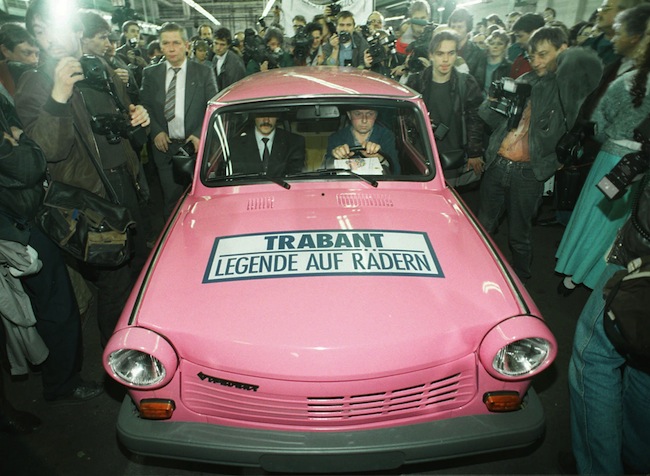The German way of dealing with unemployment
THE usual Guardianista rant about how lovely Germany is with its apprentice schemes and low youth unemployment:
In the battle between rival systems, “Rhineland capitalism” appears to be winning hands down. In the two years since the global economic downturn in 2009, Germany has expanded employment by 1.8m, while the UK, US, France, Italy and Spain have shed 7m jobs. In 2007, when most other countries were nearing the end of a boom driven by excess credit, Germany had the highest unemployment rate (8.7% of the workforce on a harmonised basis) of the group of seven leading industrialised countries. Yet in late 2011, according to OECD figures, German unemployment, at 5.2%, was the lowest in the G7 apart from Japan.
Note that very interesting comparison there between the countries with near 500 million people and one with 80 million odd. You can prove almost anything you like if you’re willing to switch denominators like that.
But much more important than that sort of statistical game is the thing that they’re not telling us about that German system.
Germany did indeed have a higher unemployment rate from the late 90s onwards and now has a lower unemployment rate. And it’s had exactly the same apprenticeship schemes etc over all of those years. So we can’t really claim that the low current rate is because of them: why weren’t they producing low unemployment rates in the late 90s?
The actual truth of the matter is that Germany looked at its labour market good and hard in the late 90s. And didn’t like what it could see: German labour was unproductive (that is, output compared to the cost of the labour) compared with labour elsewhere.
So they embarked on a deliberate attempt to reduce labour costs. As productivity rose (which it tends to do over time because, technology) wages did not. That gradually reduced the unit labour cost and so made German labour more cost competitive. And that’s what has reduced the unemployment rate over the past decade. Sod all to do with apprenticeships: it was a deliberate and successful insistence that the workers’ wages should not rise.
And yes, Germany is different from Britain. Can you imagine getting the UK unions to sign on to a decade of no real wage rises? No, nor can I. But that is what the Germans did and that is why the German example won’t work for us.
Image: The last Trabant car leaves the assembly line at the factory in Zwickau, eastern Germany, in this April 30, 1991 picture. The Berlin wall is gone, but the boxy, slow Trabant, another symbol of former East Germany, is still around on German streets. The socialist-model car turned 40 on Friday, Nov. 7, 1997. The Trabant debuted on Nov. 7, 1957. Sputnik, the first Soviet satellite, was circling the earth, and the Soviet Union was marking the 40th anniversary of the October Revolution that overthrew the czar. (AP Photo/Eckehard Schulz)
Posted: 27th, January 2012 | In: Money Comments (2) | TrackBack | Permalink



